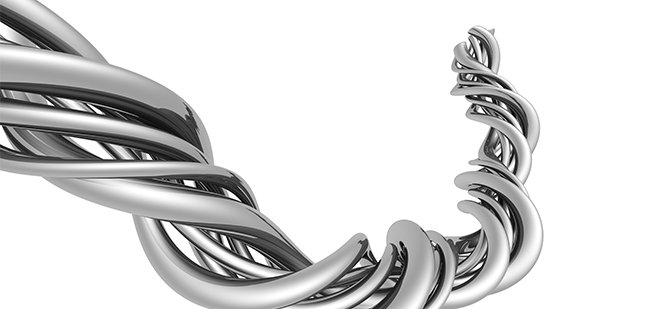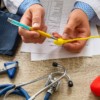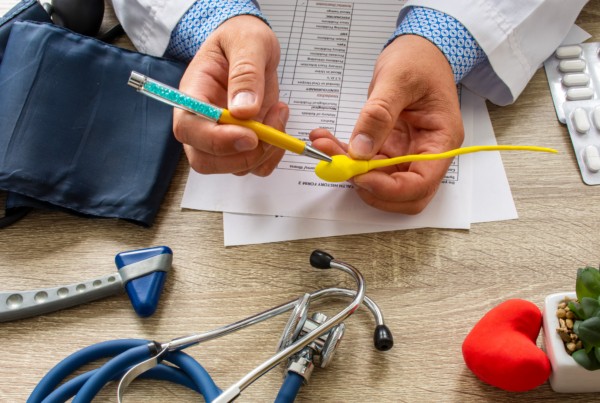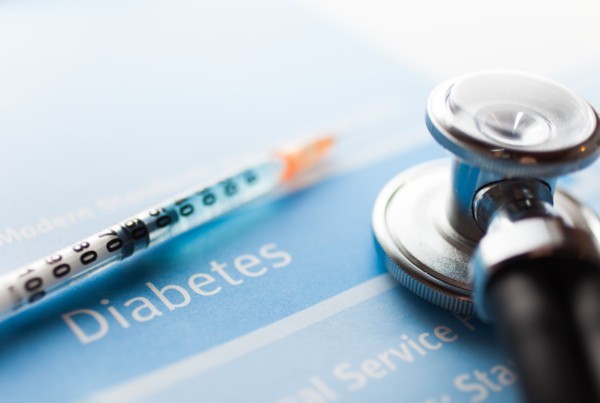I have been married for 5 years and we have been trying to conceive for more than 3 years without success. I was told by my doctor that my semen showed poor motility and count. He suspects I have a varicocele.
What is a Varicocele?
The scrotum, is the skin sac that holds the testicles (reproductive glands). Also in the scrotum is a spermatic cord that both holds up each testicle and also contains the veins, arteries and nerves that support these glands. An abnormality in the veins in the scrotum, such as malfunctioning valves, causes the veins to widen, and this is called a “varicocele.” A varicocele can result in decreased sperm production and quality and it can also shrink the testicles.
Who is at risk for developing a Varicocele?
Varicoceles are commonly found in 15 percent of the general male adult and adolescent population. Although there are no established risk factors for developing a varicocele, being overweight or engaging in routine, heavy lifting related to intense exercise may increase your risk.
Why does having a Varicocele affect Male fertility?
35 percent of men with primary infertility and 75 to 81 percent of men with secondary infertility have a varicocele. Primary infertility is defined as present in a couple that has not conceived a child after at least one year of trying. Secondary infertility is defined as present when a couple who have conceived at least once is not able to conceive again.
A varicocele affects sperm production by:
- Increasing testicular temperature
- Increasing intra-testicular pressure
- Creating a lack of oxygen in the testis
- Creating hormone abnormalities
- Promoting cell dysfunction or cell damage in the sperm producing cells
What Causes a Varicocele to Develop?
A varicocele develops over time in a similar way as varicose veins develop in your legs. The majority of males are diagnosed between the ages of 15 and 25, according to the National Institutes of Health.
A varicocele usually occurs on the left side, and may be due to:
- Improper function of the vein
- Improper function of the valves of the vein causing blood to back up
- Anatomic differences between the left and right internal spermatic veins. For example, if the left vein is longer, more pressure is required to move blood through the vein and this will result is anatomy asymmetry.
- The “Nutcracker Effect”: The left renal vein which begins near the left kidney is compressed. This causes pressure to build up in the left internal spermatic vein as it tries to move blood toward the heart via the renal vein.
Recognizing the Symptoms of a Varicocele
There could be no symptoms associated with a varicocele; however, there could be:
- No visible symptoms
- A lump in one testicle or swelling in the scrotum (sac).
- Enlarged or twisted veins in the scrotum that are visible – the varicocele is often described as looking like a “bag of worms”
- Dull or sharp pain, in some cases
- Sensation of heaviness, ‘dragging-like’ pain which can worsen with prolonged physical exertion, standing or sitting.
- Prolonged periods of exertion are more likely to bring on pain which can get worse later in the day.
How Is a Varicocele Diagnosed?
The condition is typically diagnosed by a physician during a physical exam and/or ultrasound. A varicocele may not be felt or seen when lying down. Ultrasound helps measure the spermatic veins and allows the doctor to get a detailed, accurate picture of the condition.
A varicocele is typically classified into three clinical grades according to the size of the testicular lump (Grade I is the smallest and Grade III the largest).
Methods of Treatment for Varicoceles
It is not always necessary to treat a varicocele. However, treatment is indicated if the condition causes progressive worsening of testicular function, leading to low sperm motility, count and shape defects as this can result in difficulty conceiving. If treatment is needed, Cornell University advises that treating early will have a more positive effect on sperm production.
If there is pain associated with the varicocele, wearing tight underwear for support can sometimes alleviated the pain or discomfort. If symptoms get worse, further treatment such as microsurgical varicocele ligation might be necessary.
Microsurgical Varicocele Ligation
A varicocele ligation is a same-day surgery that is done in a hospital. The concept of the surgery is to carefully remove only the veins without disturbing the artery and lymphatic which preserves sperm production. Post-surgery, new veins will develop which most likely will be normal. This procedure can be done utilizing Microsurgery.
Living with Varicocele
Some men become infertile as a result of a varicocele. If you and your partner are having trouble becoming pregnant, your doctor may recommend an appointment with a reproductive specialist who will analyze your sperm and also check for varicocele as part of the male examination.
If a varicocele remains untreated, there are possible side effects such as:
- Infection
- Atrophy of the testicles (they become smaller and function poorly)
- Low male hormone production or low testosterone leading to sexual problems such as difficulty maintaining an erection or low libido
It is very important to speak with your doctor if you suspect varicocele or if you are having problems conceiving. If varicocele is the cause of your inability to conceive, it is very likely that the condition can be treated and male infertility reversed.







